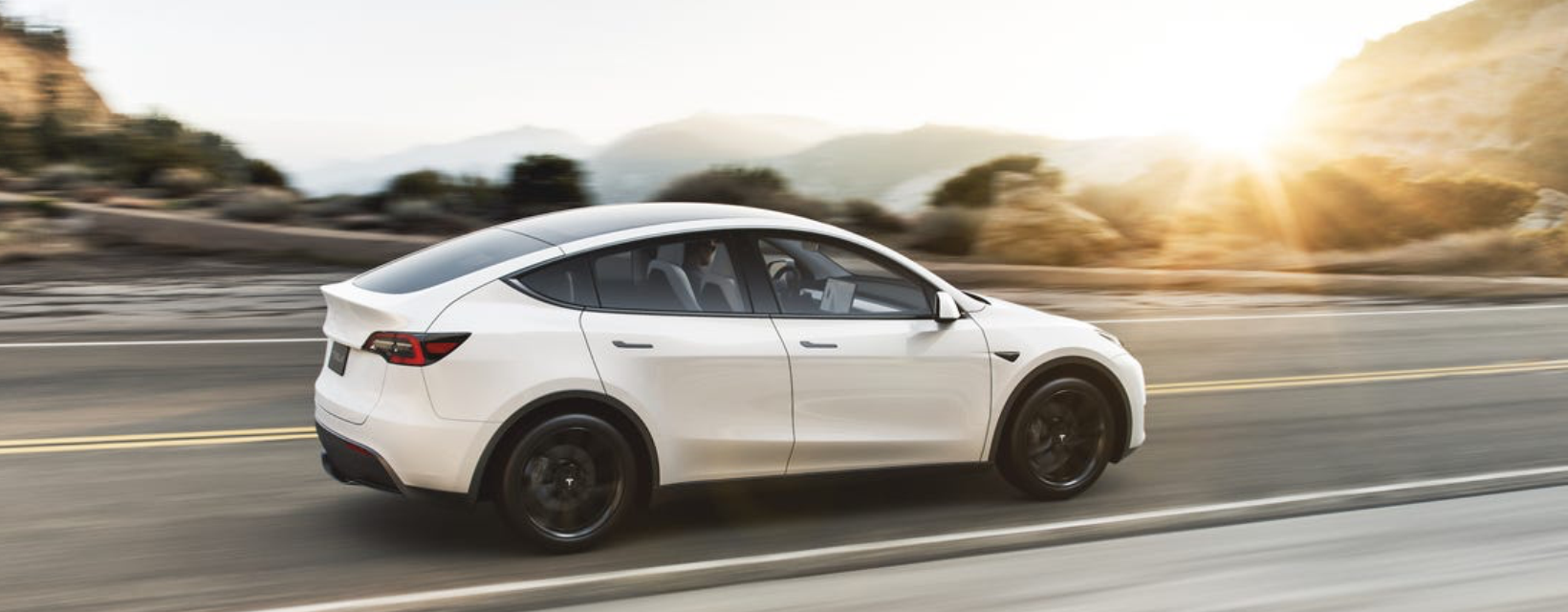Tesla reports June quarter results on Wednesday, July 22. The most important take away from the earnings results will likely be the company turning a slight profit and achieving positive free cash flow. This would pave the way for Tesla likely to be added to the S&P 500 within two months. We expect shares of TSLA to continue to see big swings in the months ahead but generally move higher as the company advances the future of EV’s, autonomy, and energy. Here’s what we’re looking for in the June quarter results:
Deliveries
The most important metric, deliveries, was already reported. The company delivered 90,700 vehicles in June, down 5% year-over-year (vs. 95,200 in Jun-19), compared to GM down 34%, Toyota down 35%, and Fiat Chrysler down 39%. During that time the Fremont factory (60% plus of overall production) was shut down for 33 days.
Profitability
While the Street is expecting a loss, most investors now believe the company will report a profit. We anticipate Tesla will report a profit based on the following 6 factors.
- Regulatory tax credits. In Mar-20 the company sold $354m in EV credits, compared to $133m in the Dec-19 quarter. We believe given the Fiat Chrysler agreement to purchase additional credits, we expect between $200-$300m EV credit revenue in Jun-20.
- FSD. The company added stop light and stop sign detection in June, which will allow them to recognize a portion of deferred full self-driving revenue. Beyond the revenue recognition, Tesla stoked FSD demand by lowering the upgrade cost of FSD for former buyers who opted out at the time of purchase and telegraphed an FSD upgrade price increase for those same customers on July 1st.
- High margin Model Y trims. In March Tesla sold about 2k Model Y’s, going to about 15k in June. Most of these were higher margin performance and long-range battery configurations. This is a similar phenomenon reported in Sep-18 with high margin Model 3 trims. Additionally, in July Model Y got a $3,000 price reduction, which we read as evidence that Model Y manufacturing efficiencies are improving quickly.
- Gigifactory Shanghai margins. In March we believe the company made about 15k units in China and that increased to about 30k in the June quarter. An increase in Shanghai production should lay the groundwork for better margins in China.
- Pandemic cost-cutting. These changes were announced earlier in the year, and it’s unclear when the timing of the cost reductions will impact the bottom line.
- Panasonic battery renegotiation. At the start of the June quarter, Tesla renegotiated its supplier agreement for Panasonic 2170 battery cells. We don’t have a line of slight into the exact timing of the likely price break and believe it could have already started in the June quarter.
Auto gross margin ex-credits
We expect auto gross margins near 20%, essentially unchanged from the March quarter, and above consensus of 17.3%.
Free cash flow
We expect the company will report positive free cash flow for June based on three factors. First, 8,400 more vehicles were delivered in June than produced. Second, there is the potential for greater than expected cash flow benefit from regulatory tax credit revenue. Lastly, in the March quarter, Tesla increased its work in process and raw materials due to the pandemic disrupting production. These parts were paid for in March and should have a positive impact on free cash flow in June.
Three outstanding questions
- Will Elon reaffirm his previous target of 500k delivers for 2020? In March he did not reaffirm the annual deliveries target; rather, he said they expect to have the capacity to produce 500k vehicles this year.
- When will we see Model S/X updates? Recently the company reduced the price on S/X models by $5k, suggesting updates are getting closer.
- How will Tesla discuss energy-related opportunities? The energy aspect of the Tesla story is under-appreciated by investors. We will listen for commentary related to the long term opportunity around solar and batteries.
- Will the company capitalize on the surge in market cap and raise money?
